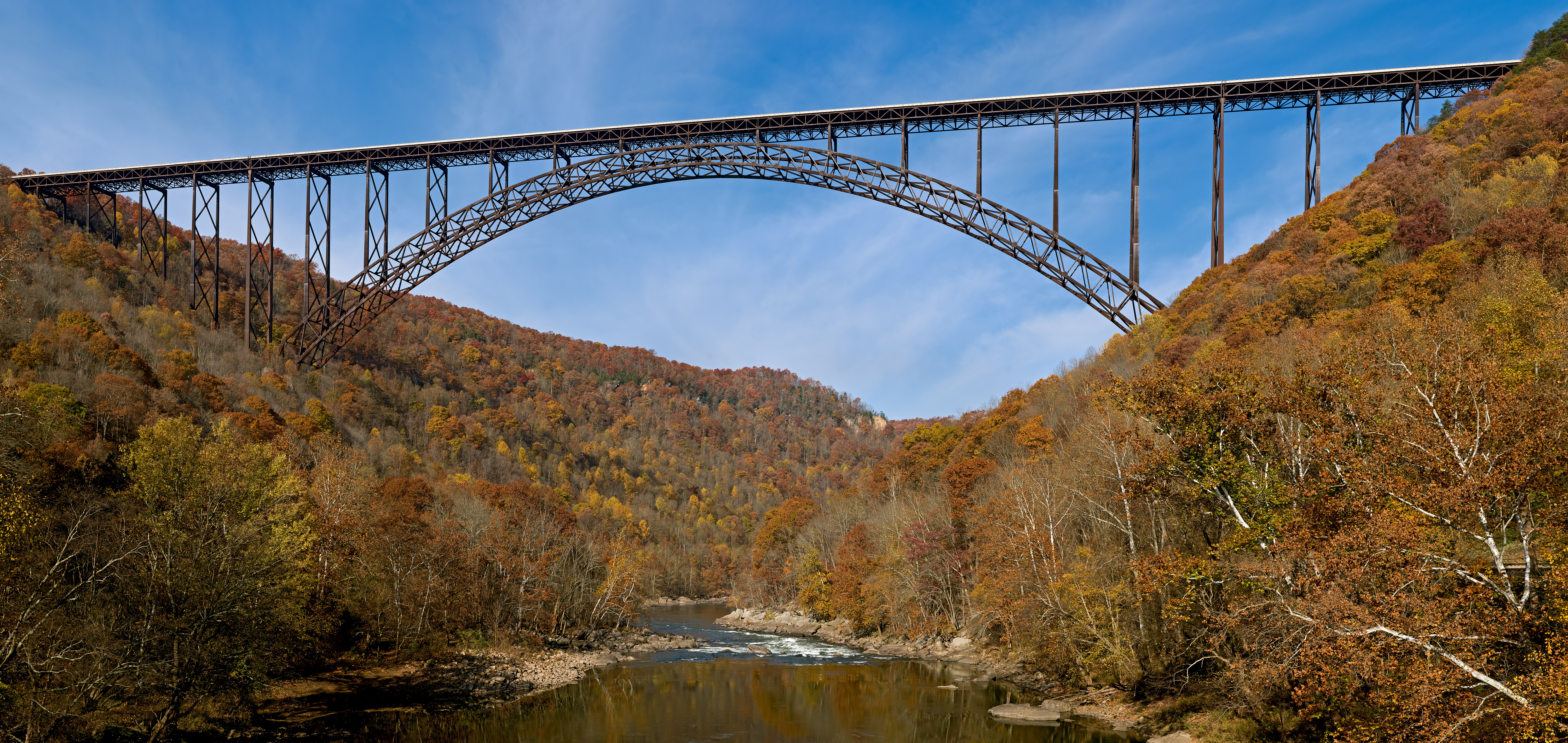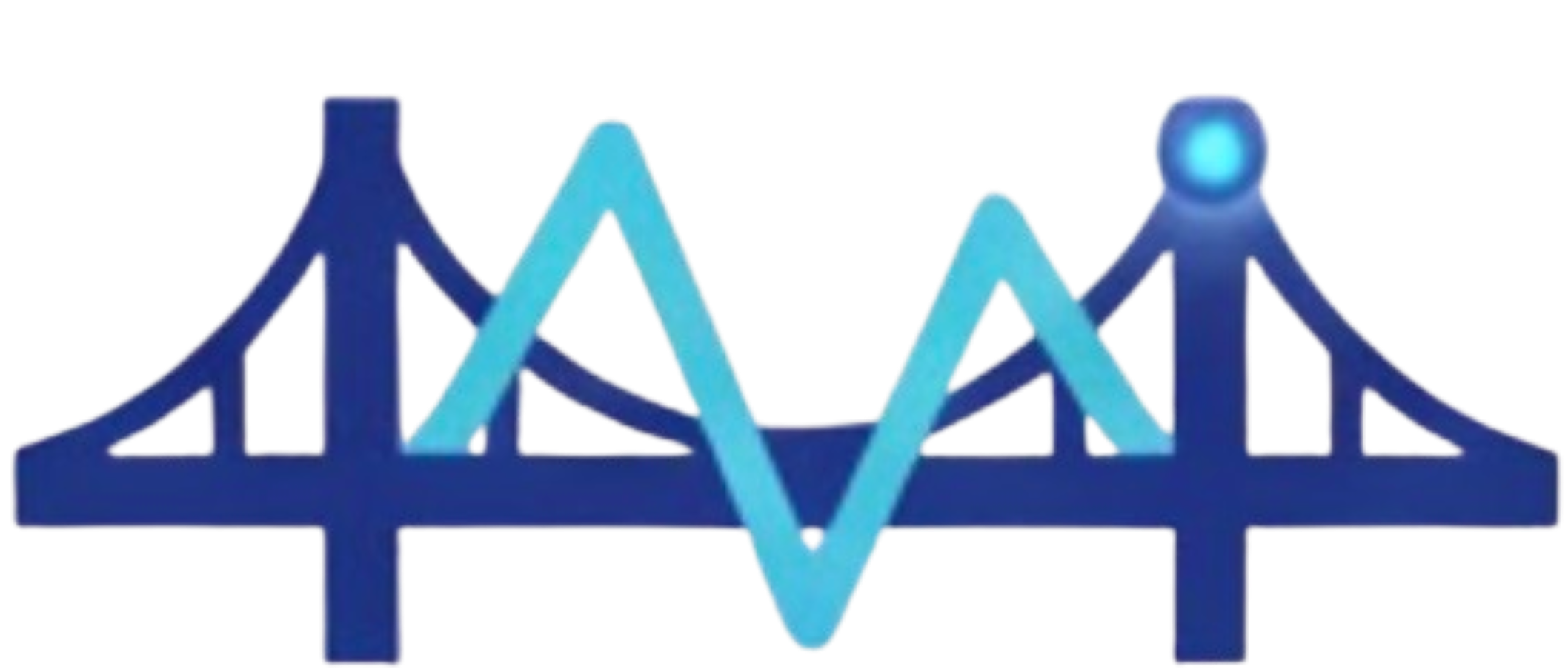
Arch and Truss Bridges
Arch and truss bridge structural monitoring with strain sensors and load testing nationwide.
- Strain Monitoring
- Deflection Monitoring
- Thermal Monitoring
Request a sector consultation
Align your thresholds, instrumentation, and reporting with our PE-led team. We respond within one business day with tailored deployment options.
Arch and truss bridges present complex monitoring challenges due to their intricate structural systems and historical significance. These bridges often feature curved arch elements and interconnected truss members that require comprehensive strain and deflection monitoring. Environmental factors like thermal expansion, wind loads, and material fatigue demand sophisticated sensor arrays. Many of these structures serve critical transportation corridors and require continuous assessment to prevent catastrophic failures. Our nationwide deployment covers historic truss bridges in rural areas to modern arch designs in urban centers, providing infrastructure owners with the data needed for preservation and safety compliance.
Popular Services in This Sector
Strain Monitoring
Essential for detecting stress concentrations in arch and truss members that could lead to structural failure under load nationwide.
Deflection Monitoring
Critical for measuring bridge movement under traffic loads to ensure structural integrity and safety compliance across bridge networks.
Thermal Monitoring
Important for tracking thermal expansion and contraction that affects joint connections and overall structural behavior nationwide.
Wind Load Monitoring
Key for open truss designs exposed to wind forces that can cause dynamic loading and fatigue in exposed bridge elements.
Joint Condition Monitoring
Vital for detecting deterioration at connection points where truss members meet, critical failure points in these structures.
Load Rating Verification
Required for confirming posted load limits and ensuring bridges can safely carry modern traffic demands nationwide.
Frequently Asked Questions
How do arch and truss bridges differ in monitoring requirements?
Arch bridges need curvature-specific sensors while truss bridges require monitoring of individual member connections, both deployed nationwide for structural safety.
What historical considerations affect bridge monitoring?
Legacy designs may lack modern reinforcement, requiring specialized sensors that don't damage historic materials while monitoring nationwide.
How do you monitor bridges during construction?
Temporary sensor networks track structural behavior during repairs, ensuring work doesn't compromise integrity across our national bridge inventory.
What data do bridge owners receive?
Strain plots, deflection reports, fatigue analysis, and load rating recommendations that support maintenance decisions nationwide.
Example of Our Capabilities
Sector Type
Arch and Truss Bridges
Situation
Historic truss bridge over major highway needs monitoring for increased truck traffic loads
Our Approach
Install strain gauges on key truss members, deploy deflection sensors, establish load-based alerting thresholds
Expected Outcome
Real-time structural health dashboard and automated notifications for bridge maintenance teams nationwide
